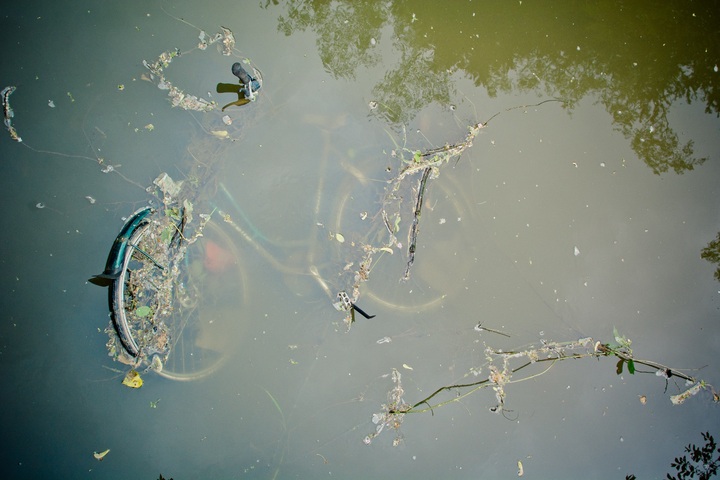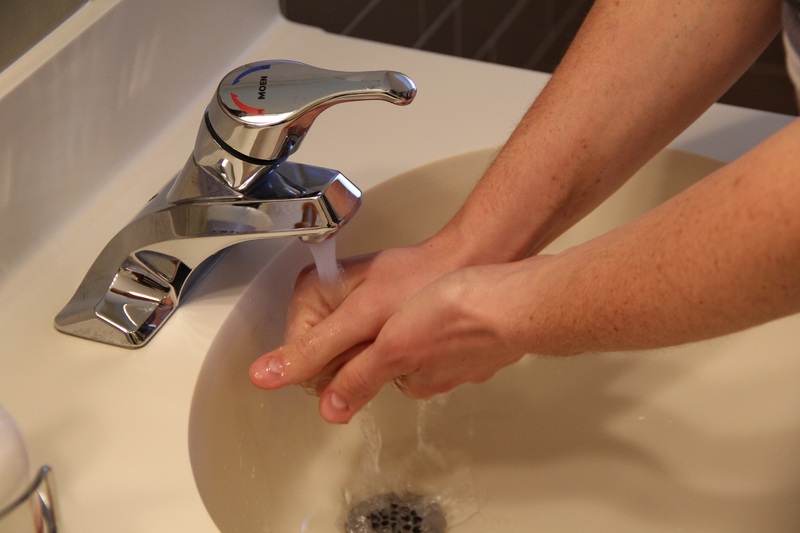Understanding Goal 6
What do you understand for clean water and sanation?
a) Let's watch the following video in order to understand this goal better.
b) Answer the following questions:
- Has everybody the right to acces to clean running water and sanitation?
- How many people are unnable to acces to clean water and sanitation?
- What precious resource is mentioned in the video?
- What percentage of water covers the surface of our planet?
- What humanitarian organization is mentioned?
c) Read the following article which belongs to the United Nations and it is not adapted. Then, skim it and scan it.
You will skim the reading to grasp the main idea and you will scan it to get the specific information that calls your attention.
d) Complete:
i ) The main idea of the article is : ________________________________________________________________________________________
ii) Specific information that called my attention:
- _______________________________________________________________________________________________________________________________
- _______________________________________________________________________________________________________________________________
- _______________________________________________________________________________________________________________________________
You can download a handout to write your answers in odt or pdf.

